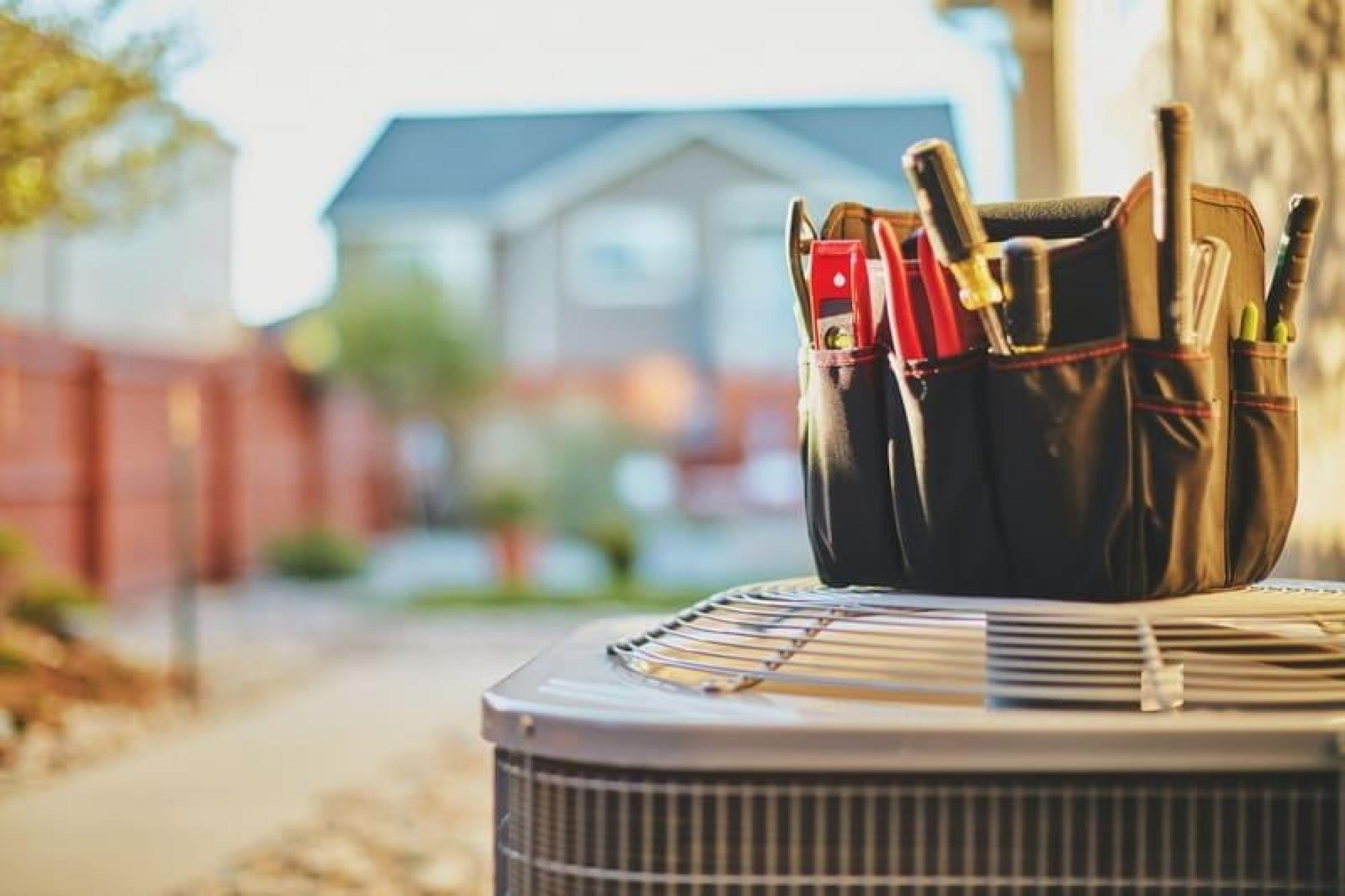

Articles
What Does An HVAC Service Include
Modified: October 27, 2024
Learn what an HVAC service includes and how it can benefit your home. Read our informative articles to find answers to your heating, ventilation, and air conditioning questions.
(Many of the links in this article redirect to a specific reviewed product. Your purchase of these products through affiliate links helps to generate commission for Storables.com, at no extra cost. Learn more)
Introduction
Welcome to the world of HVAC services! Whether you are a homeowner or a business owner, understanding what an HVAC service includes is essential for the comfort and well-being of everyone who occupies the space. HVAC, which stands for Heating, Ventilation, and Air Conditioning, is responsible for controlling the temperature, humidity, and overall air quality of a building. It is a complex system that requires regular maintenance and occasional repairs to ensure optimal performance.
In this article, we will take a closer look at what a typical HVAC service entails. From routine inspections to cleaning, maintenance, and even system replacements, we will cover it all. So, let’s dive in and explore the various aspects of an HVAC service in detail.
Key Takeaways:
- Regular HVAC services, including inspection, cleaning, and repairs, are crucial for maintaining optimal system performance, energy efficiency, and indoor air quality. Trust trained professionals to keep your HVAC system running smoothly.
- From thermostat calibration to ductwork cleaning, each aspect of an HVAC service contributes to a comfortable and healthy indoor environment. Prioritize regular maintenance to ensure your HVAC system’s longevity and efficiency.
Overview of HVAC Systems
Before we delve into the specifics of HVAC services, let’s first understand the basics of HVAC systems. In simple terms, an HVAC system is designed to regulate the temperature, humidity, and air quality in a building to ensure a comfortable and healthy indoor environment.
An HVAC system typically consists of three main components: the heating system, the ventilation system, and the air conditioning system. The heating system is responsible for providing warmth in colder months, while the air conditioning system cools the air during hot summer days. The ventilation system ensures proper airflow and removes stale air, odors, and pollutants from the indoor spaces.
These components work together seamlessly to create a comfortable and conducive indoor environment. However, over time, these systems can experience wear and tear, resulting in decreased efficiency and potential breakdowns. That’s where HVAC services come into play, ensuring that your system operates at its best and provides optimal comfort.
The primary goal of an HVAC service is to maximize efficiency, reduce energy consumption, and extend the lifespan of your system. An HVAC technician will inspect, clean, and maintain the various components of your system to identify any issues and prevent potential problems. Regular HVAC services not only enhance the performance of your system but also improve indoor air quality, which is crucial for the health and well-being of occupants.
Now that we have a general understanding of HVAC systems, let’s take a closer look at the specific tasks involved in an HVAC service.
Inspection and Assessment
The first step in an HVAC service is a thorough inspection and assessment of your system. An experienced HVAC technician will examine all the components of your system, including the heating unit, air conditioner, ventilation ducts, and thermostat, to identify any potential issues or areas that require attention.
During the inspection, the technician will check for any visible signs of damage or wear, such as leaks, cracks, or corrosion. They will also inspect the electrical connections and controls to ensure they are functioning properly. Additionally, the technician will assess the overall condition of the system, including the air filters, refrigerant levels, and any other relevant factors.
Through this comprehensive assessment, the technician will be able to determine the overall health of your HVAC system and identify any areas that may require cleaning, maintenance, or repair. This step is crucial as it helps in detecting any minor issues before they escalate into major problems, saving you both time and money in the long run.
Based on their findings, the technician will then provide you with a detailed report, explaining the condition of your system and any necessary steps to be taken. They will also offer recommendations on how to improve the efficiency and performance of your system, such as upgrading certain components or implementing energy-saving measures.
Remember, regular inspections and assessments are key to maintaining the longevity of your HVAC system. It is recommended to schedule routine inspections at least once a year to ensure that your system is in top shape and to catch any potential issues early on.
Now that the inspection and assessment have been completed, let’s move on to the next step in an HVAC service: cleaning and maintenance.
Cleaning and Maintenance
Once the inspection and assessment are complete, it’s time to move on to the cleaning and maintenance phase of the HVAC service. This step is crucial for ensuring the optimal performance and longevity of your system.
One of the main tasks during the cleaning and maintenance phase is cleaning the various components of the HVAC system. This includes cleaning or replacing the air filters, which are responsible for trapping dust, allergens, and other particles. Clogged or dirty filters can restrict airflow, leading to decreased system efficiency and air quality. By cleaning or replacing the filters, you can ensure proper airflow and reduce the strain on your system.
In addition to cleaning or replacing filters, the HVAC technician will also clean the outdoor condenser unit, where the air conditioner releases heat. Over time, the condenser unit can accumulate debris, leaves, and dirt, which can hinder airflow and decrease the efficiency of your system. Cleaning the condenser unit ensures that it can effectively release heat, improving the overall performance of your air conditioning system.
During the maintenance phase, the technician will also check and lubricate the moving parts of your HVAC system. This includes components such as fan motors, belts, and bearings. Proper lubrication reduces friction, prolongs the life of these parts, and ensures smooth and efficient operation.
Moreover, the technician will inspect the electrical connections and controls to ensure they are tight and functioning properly. Loose connections can lead to system malfunctions or even electrical hazards. The technician will also check the thermostat calibration to ensure that it accurately reflects the desired temperature and properly controls the HVAC system.
Regular cleaning and maintenance not only improve the efficiency and performance of your system but also help prevent unexpected breakdowns. By keeping your HVAC system clean and well-maintained, you can save on energy costs, extend the lifespan of your equipment, and enjoy a comfortable and healthy indoor environment.
Now that we have covered the cleaning and maintenance phase, let’s move on to the next step: repairs and replacements.
Repair and Replacement
Even with regular maintenance and proper care, HVAC systems may occasionally require repairs or even component replacements. These issues can arise due to normal wear and tear, age, or unexpected malfunctions. The repair and replacement phase of an HVAC service is essential for restoring the functionality of your system and ensuring its longevity.
When a technician identifies a problem during the inspection or maintenance phase, they will assess whether a repair is feasible or if a replacement is necessary. In some cases, a simple repair, such as fixing a faulty electrical connection or replacing a worn-out belt, can resolve the issue and restore your system to working order.
However, there are situations where repairs may not be sufficient, especially if the component is severely damaged or nearing the end of its lifespan. In such cases, the technician may recommend a replacement. This could involve replacing an entire unit, such as the air conditioner or furnace, or replacing a specific component, such as a malfunctioning compressor or a faulty thermostat.
When considering a replacement, the HVAC technician will take multiple factors into account, such as the age of the system, the cost of repairs versus a replacement, energy efficiency, and the availability of newer, more advanced models. Their goal is to provide you with the best solution that meets your needs, budget, and long-term goals for your HVAC system.
It is important to trust the expertise and recommendations of the HVAC technician during the repair and replacement phase. While it can be frustrating to face unexpected expenses, investing in the repair or replacement of essential components will ensure the continued functionality and efficiency of your system, saving you from potential higher costs down the line.
Now that we’ve covered the repair and replacement phase, let’s move on to enhancing the efficiency of your HVAC system.
Read more: What Does Lawn Care Include
System Efficiency Enhancement
Maximizing the efficiency of your HVAC system is crucial for reducing energy consumption, lowering utility bills, and minimizing your environmental impact. During an HVAC service, technicians focus on enhancing the efficiency of your system by implementing various measures and upgrades.
One common way to improve efficiency is by upgrading the HVAC system’s controls and thermostats. Programmable or smart thermostats allow for precise temperature control, scheduling, and energy-saving settings. These advanced controls can significantly reduce energy waste by adjusting the temperature based on occupancy patterns and preferences.
Furthermore, the HVAC technician may also recommend adding zoning systems to your HVAC setup. Zoning systems divide your space into different zones that can be independently controlled. This allows for customized temperature settings in different areas, reducing energy consumption by only heating or cooling occupied spaces.
Duct sealing is another technique used to enhance system efficiency. Over time, air ducts can develop leaks or gaps, which lead to air loss and decreased performance. By sealing these leaks, airflow is improved, and energy wastage is minimized, resulting in a more efficient HVAC system.
In some cases, the HVAC technician may suggest insulation improvements to further increase efficiency. Proper insulation helps maintain consistent temperatures and reduces the load on your HVAC system. By ensuring that your building has adequate insulation, you can enhance energy efficiency and improve the overall comfort of your space.
Regular maintenance and cleaning of the HVAC system’s coils and fins are also essential for optimizing efficiency. Dirty coils and fins can restrict airflow and reduce efficiency. The technician will clean these components, removing dirt, debris, and other contaminants to ensure optimal heat transfer and airflow.
Lastly, the technician may provide energy-saving tips and recommendations tailored to your specific HVAC system and usage patterns. These may include adjusting thermostat settings, utilizing natural ventilation, or implementing energy-efficient practices. By following these suggestions, you can further enhance the efficiency of your HVAC system and reduce your energy consumption.
By focusing on efficiency enhancements during an HVAC service, you not only save money on energy bills but also contribute to a more sustainable and environmentally friendly living or working environment.
Now that we have explored system efficiency enhancement, let’s move on to another important aspect of HVAC service: ductwork inspection and cleaning.
Regular HVAC service includes cleaning or replacing air filters, checking and cleaning coils, inspecting and lubricating moving parts, checking refrigerant levels, and testing system controls. Regular maintenance can help improve efficiency and prevent costly repairs.
Ductwork Inspection and Cleaning
As part of an HVAC service, ductwork inspection and cleaning are essential tasks to ensure the proper functioning and optimal performance of your HVAC system. The ductwork is responsible for distributing heated or cooled air throughout your building, and over time, it can accumulate dust, dirt, allergens, and other debris.
During the ductwork inspection, the HVAC technician will carefully examine the ducts for any signs of damage, such as leaks or disconnects. They will also inspect the joints and connections to ensure they are secure and properly sealed. Any issues found during the inspection will be addressed to prevent air loss and inefficiency.
Regular ductwork cleaning is also essential to maintain good indoor air quality and prevent the circulation of pollutants throughout your space. The accumulation of dust, mold spores, pet dander, and other allergens can negatively impact air quality and potentially trigger respiratory issues or allergies. By cleaning the ductwork, you remove these contaminants and improve the overall air quality in your building.
The cleaning process typically involves the use of specialized equipment such as high-powered vacuums, brushes, and air jets. These tools are used to dislodge and remove the accumulated debris from the ducts. The technician will pay specific attention to areas where dust and dirt are more likely to accumulate, such as bends and corners, ensuring a thorough cleaning of the entire ductwork system.
In addition to improving indoor air quality, ductwork cleaning can also contribute to the overall efficiency of your HVAC system. When the ducts are clean and free from obstructions, the airflow is not impeded, allowing your HVAC system to operate more efficiently. This leads to improved comfort levels and reduced energy consumption.
It is recommended to schedule ductwork inspections and cleanings at regular intervals, typically every 3 to 5 years, depending on factors such as the age of your system, the level of usage, and the surrounding environment. However, if you notice signs of significant dust accumulation, unusual odors, or decreased airflow, it is advisable to have your ductwork inspected and cleaned sooner.
By including ductwork inspection and cleaning as part of your HVAC service, you can ensure that the air circulating in your building is clean, free from contaminants, and distributed effectively.
Now that we have covered ductwork inspection and cleaning, let’s move on to another important task in an HVAC service: air filter replacement.
Air Filter Replacement
Regular air filter replacement is a crucial aspect of an HVAC service that often gets overlooked. Air filters play a vital role in maintaining good indoor air quality by trapping dust, allergens, pet dander, and other particles that circulate in the air. Over time, these filters become clogged and dirty, hindering their effectiveness and negatively impacting your HVAC system’s performance.
During an HVAC service, the technician will inspect the air filters and assess their condition. If the filters are dirty or clogged, they will recommend replacing them. The frequency of air filter replacement depends on several factors, including the type of filter, the level of usage, and the surrounding environment. Generally, it is a good practice to replace standard air filters every 1 to 3 months, while higher-efficiency filters may last up to 6 months.
Replacing air filters is a relatively simple task that can have a significant impact on your HVAC system’s performance and energy efficiency. Clean filters allow for unrestricted airflow, ensuring that your system operates at its best. Properly functioning air filters not only improve air quality but also prevent dust and debris from settling inside the system, reducing the risk of damage and increasing its lifespan.
Choosing the right air filters is important as well. There are various types of filters available, ranging from traditional fiberglass filters to higher-efficiency options like pleated or HEPA filters. The choice of filters depends on factors such as allergies, pets, and specific air quality concerns. It is advisable to consult with the HVAC technician to determine the most suitable type of filter for your needs.
Remember, neglecting to replace air filters can have detrimental effects on both your HVAC system and your health. Dirty filters restrict airflow, causing your system to work harder and consume more energy. Additionally, airborne particles that bypass clogged filters can circulate back into your living or working space, leading to respiratory issues and allergies.
By regularly replacing air filters as part of an HVAC service, you ensure that the air circulating in your building is clean, fresh, and free from harmful particles. This simple maintenance task goes a long way in preserving the efficiency and longevity of your HVAC system.
Now that we have covered the importance of air filter replacement in an HVAC service, let’s move on to another crucial aspect: refrigerant level check and recharge.
Refrigerant Level Check and Recharge
Proper refrigerant levels are essential for the optimal operation of your air conditioning system. Refrigerant is a chemical fluid that absorbs heat from the indoor air and transfers it outside, cooling the air in the process. Over time, refrigerant levels can decrease due to leaks or normal usage, resulting in reduced cooling efficiency and potential damage to the system.
During an HVAC service, the technician will perform a refrigerant level check to ensure that your system has the appropriate amount of refrigerant. This is done by connecting gauges to the system’s refrigerant lines to measure the pressure and compare it against the manufacturer’s specifications.
If the technician finds that the refrigerant levels are low, they will locate the source of the leak and repair it before recharging the system with the correct amount of refrigerant. It’s important to note that refrigerant leaks should be addressed promptly, as low refrigerant levels can place unnecessary strain on your system, resulting in higher energy consumption and reduced cooling capacity.
Recharging the refrigerant involves adding the appropriate amount to the system based on its specific requirements. This process should only be carried out by trained professionals who have the knowledge and equipment to handle refrigerants safely.
Ensuring optimal refrigerant levels is crucial for your air conditioning system’s performance. Insufficient refrigerant can lead to inadequate cooling, reduced energy efficiency, and potential damage to the compressor, which is a costly repair. On the other hand, excessive refrigerant can also have negative effects, compromising the system’s efficiency and potentially leading to compressor failure. That’s why it’s essential to have a professional technician check and adjust the refrigerant levels as needed.
By including a refrigerant level check and recharge in your HVAC service, you can maintain the efficiency and performance of your air conditioning system, ensuring that it operates at its best and keeps you comfortable during the hot summer months.
Now that we have covered the refrigerant level check and recharge, let’s move on to another important aspect of an HVAC service: thermostat calibration.
Read more: What Does A Play Area Include
Thermostat Calibration
The thermostat is the control center of your HVAC system, allowing you to set and adjust the desired temperature in your space. However, over time, thermostat accuracy can drift, leading to temperature inconsistencies and discomfort. That’s why thermostat calibration is an important aspect of an HVAC service.
During an HVAC service, the technician will calibrate the thermostat to ensure that it accurately reflects the actual temperature and properly controls your HVAC system. This calibration process involves comparing the thermostat’s reading to a known accurate temperature source and making necessary adjustments.
Accurate thermostat calibration is crucial for maintaining consistent comfort levels in your space. If the thermostat is not calibrated correctly, it may lead to under or over-cooling, resulting in energy wastage and discomfort. A properly calibrated thermostat ensures that your HVAC system operates efficiently and maintains the desired temperature accurately.
It’s important to note that thermostat calibration may involve both physical adjustments and recalibrations in digital or programmable thermostats. For example, physical adjustments may include fine-tuning the dial or lever on older thermostats, while recalibrations in digital thermostats may involve configuring temperature offsets or utilizing calibration modes.
Regular thermostat calibration is recommended to ensure accurate readings and optimal performance. However, if you notice significant temperature discrepancies or find it difficult to maintain a consistent temperature in your space, it’s a good idea to schedule an HVAC service to have your thermostat calibrated.
Calibrating the thermostat not only enhances comfort but also contributes to energy efficiency. When your thermostat accurately reflects the actual temperature, your HVAC system can run more efficiently, resulting in energy savings and reduced utility bills.
By including thermostat calibration as part of an HVAC service, you can ensure that your system responds accurately to your temperature settings, providing you with optimal comfort and efficiency.
Now that we have covered thermostat calibration, let’s move on to the final section of our article: electrical component inspection and repair.
Electrical Component Inspection and Repair
Electrical components play a critical role in the proper functioning of your HVAC system. During an HVAC service, the technician will inspect and assess the electrical connections and controls to ensure they are in good condition and functioning correctly.
The electrical component inspection involves checking the electrical connections for tightness and proper voltage levels. Loose or faulty connections can lead to system malfunctions or even pose electrical hazards. The technician will also inspect the control panels, circuit boards, relays, and other electrical components to ensure they are working as intended.
If any issues are identified during the inspection, such as frayed wires, burnt-out components, or damaged controls, the technician will recommend the necessary repairs. Repairing or replacing faulty electrical components is crucial for the safe and efficient operation of your HVAC system.
Electrical component repairs require specialized knowledge and expertise, and should only be performed by qualified professionals. Attempting to repair electrical components without the necessary skills can pose significant risks, including electrical shock or damage to the system.
By ensuring that the electrical components of your HVAC system are in good condition, you minimize the risk of system failures, improve safety, and prolong the lifespan of your equipment.
It’s important to note that regular HVAC maintenance not only addresses existing issues but also helps prevent potential electrical problems. During routine maintenance, the technician will inspect and clean electrical components, ensuring they are free from dust, debris, and any potential sources of damage.
Furthermore, the technician may offer recommendations for enhancing electrical efficiency and safety. This may include the installation of surge protectors or additional safety measures to minimize the risk of electrical damage caused by power fluctuations or electrical surges.
Overall, electrical component inspection and repair are integral parts of an HVAC service that help maintain the safety and efficiency of your system. By addressing any electrical issues and ensuring proper functioning, you can enjoy the comfort of a well-maintained HVAC system.
With the completion of the electrical component inspection and repair section, we have covered all the important aspects of an HVAC service. It’s crucial to remember that regular HVAC maintenance by trained professionals is key to ensuring optimal performance, efficiency, and longevity of your system.
Thank you for reading!
Conclusion
An HVAC service encompasses a wide range of tasks that are essential for the proper functioning, efficiency, and longevity of your HVAC system. From inspection and assessment to cleaning, maintenance, repair, and enhancement, each step plays a crucial role in ensuring optimal performance and comfort in your space.
During an HVAC service, a trained technician will conduct a thorough inspection to identify any potential issues and assess the overall condition of your system. Cleaning and maintenance tasks, such as replacing air filters, cleaning coils, and lubricating moving parts, are performed to improve system efficiency and indoor air quality.
If repairs or replacements are needed, a technician will address any issues to restore your system’s functionality. Additionally, system efficiency can be enhanced through measures such as upgrading controls, implementing zoning systems, sealing ductwork, and optimizing insulation.
An HVAC service also includes critical tasks like checking and recharging refrigerant levels and calibrating thermostats to ensure accurate temperature readings and efficient operation. Furthermore, electrical component inspection and repair play a crucial role in maintaining system safety and performance.
By regularly scheduling HVAC services, you can prevent major breakdowns, reduce energy consumption, lower utility bills, and enjoy a comfortable and healthy indoor environment. It is important to rely on the expertise of trained professionals to perform these tasks, as they have the knowledge and skills to handle the complexities of HVAC systems and ensure the work is done safely and effectively.
Remember, a well-maintained HVAC system not only provides comfort but also improves energy efficiency and extends the lifespan of your equipment. So, make sure to prioritize regular HVAC services to keep your system running smoothly.
Thank you for joining us on this journey to explore what an HVAC service includes. We hope this article has provided valuable insights into the importance of HVAC maintenance and the various tasks involved. Take care of your HVAC system, and it will take care of your comfort all year round.
Frequently Asked Questions about What Does An HVAC Service Include
Was this page helpful?
At Storables.com, we guarantee accurate and reliable information. Our content, validated by Expert Board Contributors, is crafted following stringent Editorial Policies. We're committed to providing you with well-researched, expert-backed insights for all your informational needs.
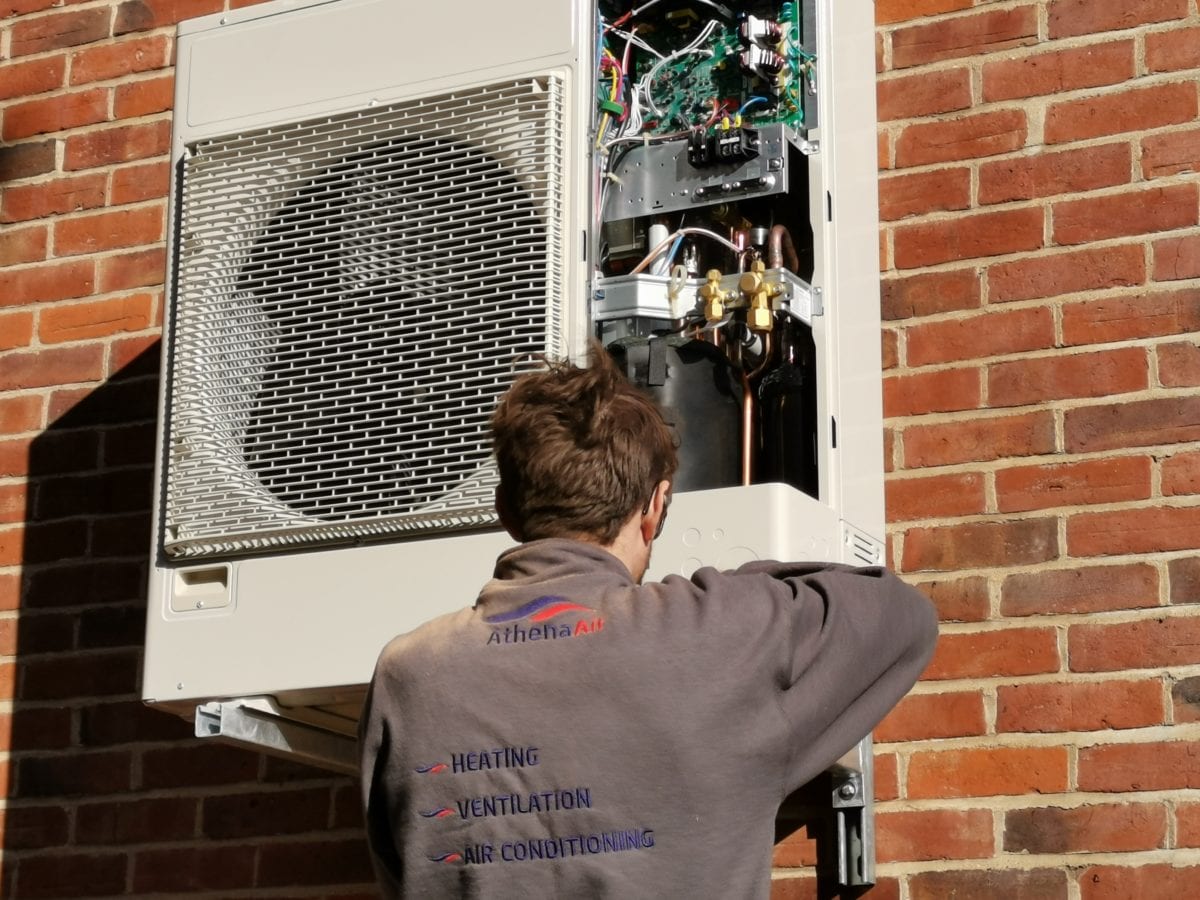
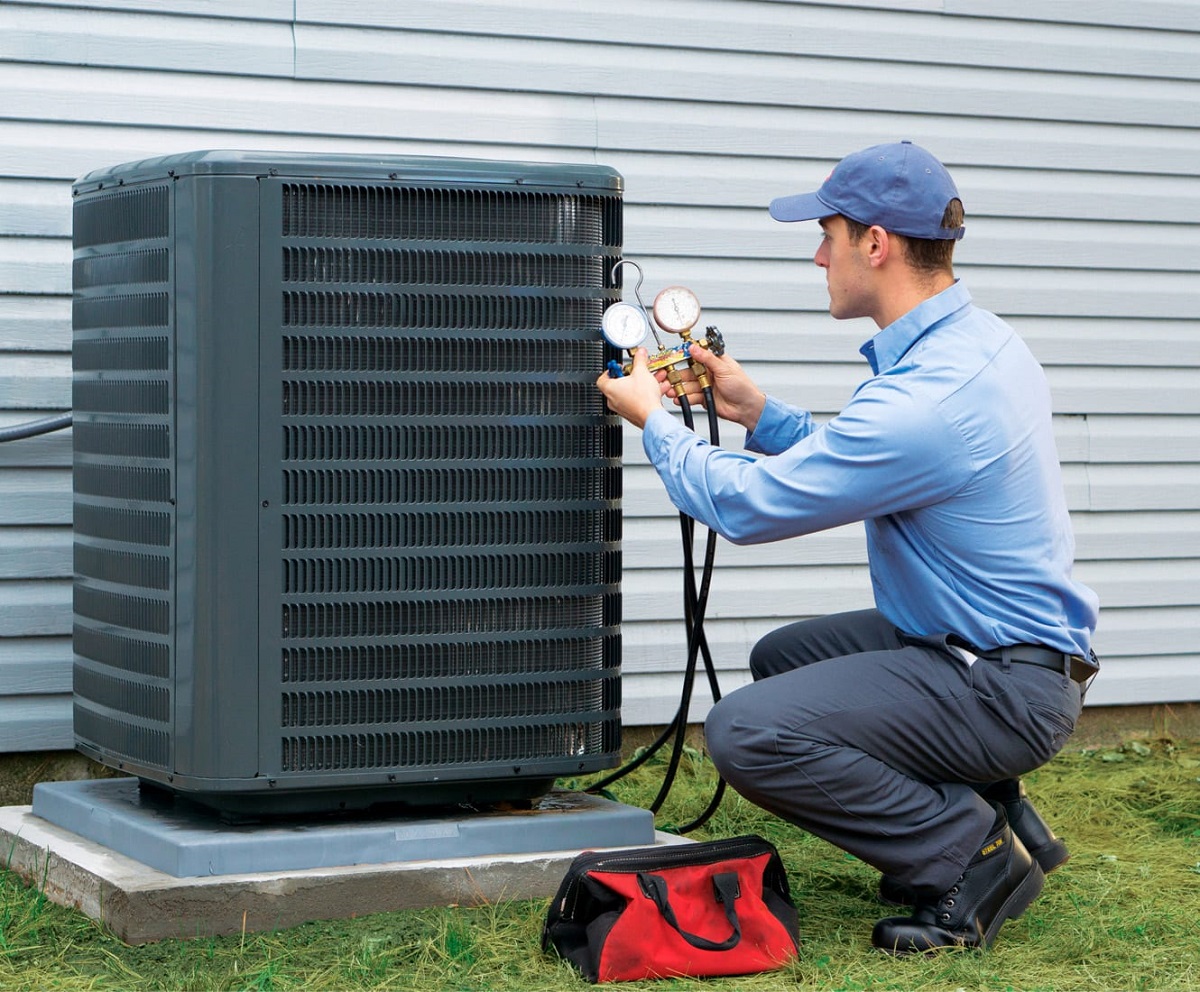
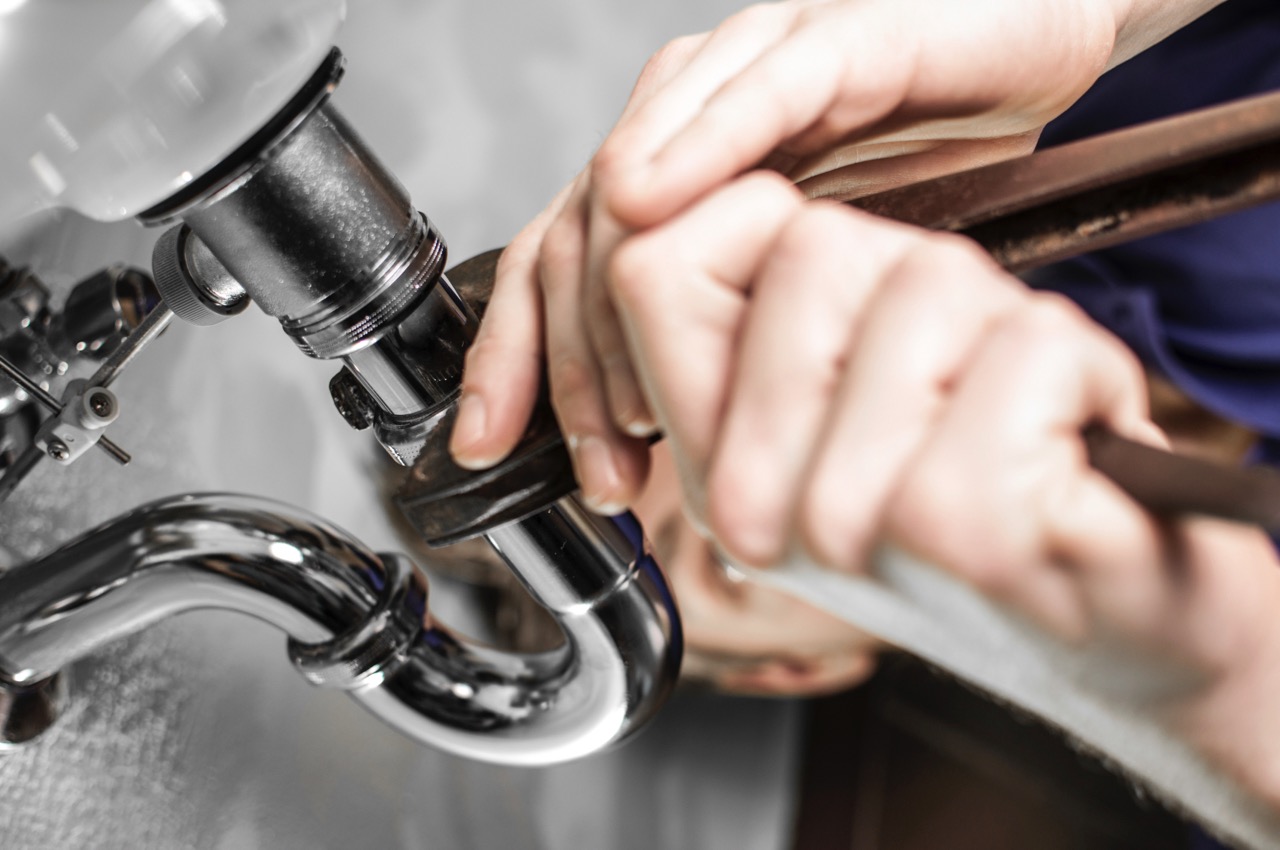
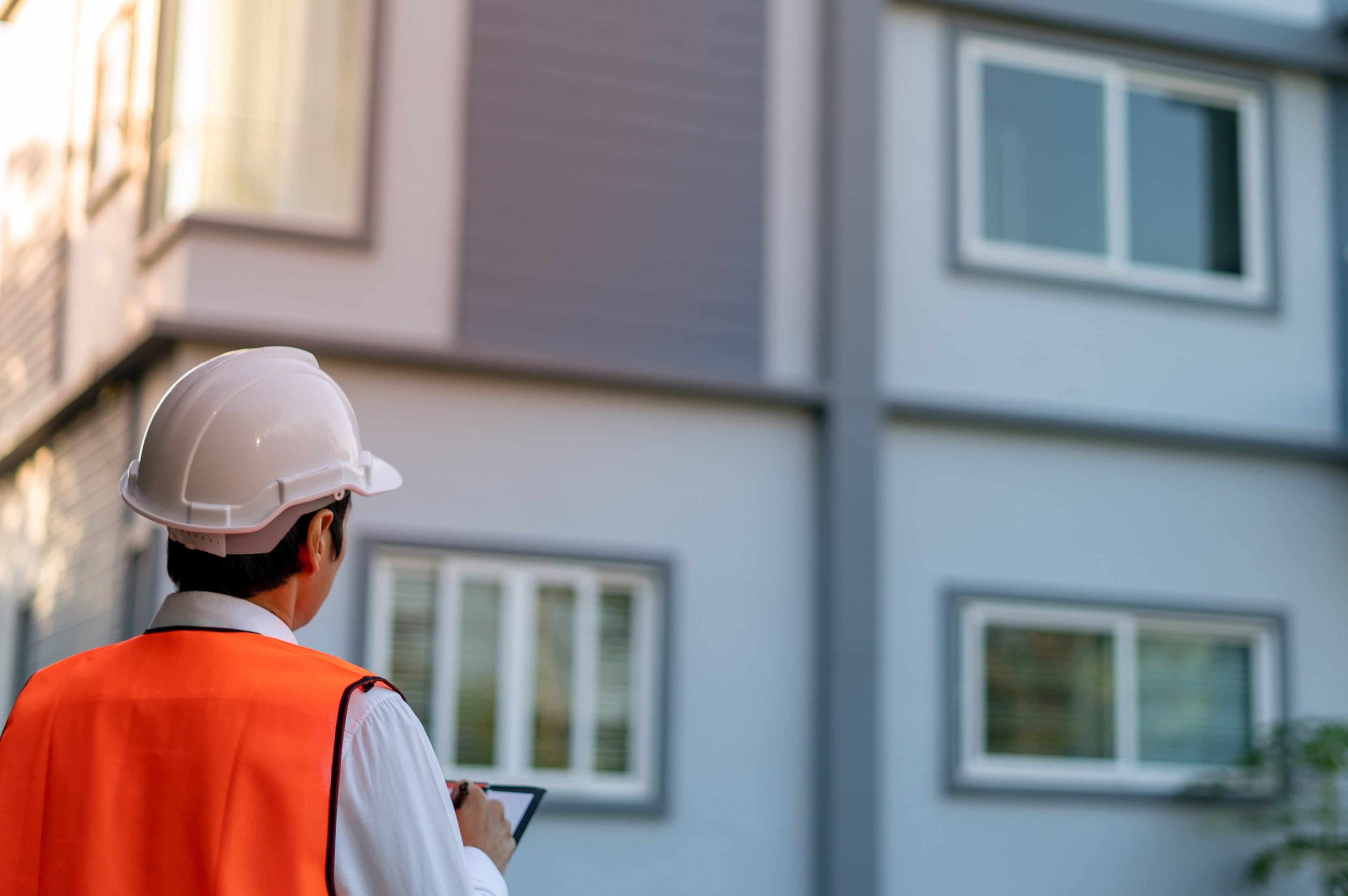
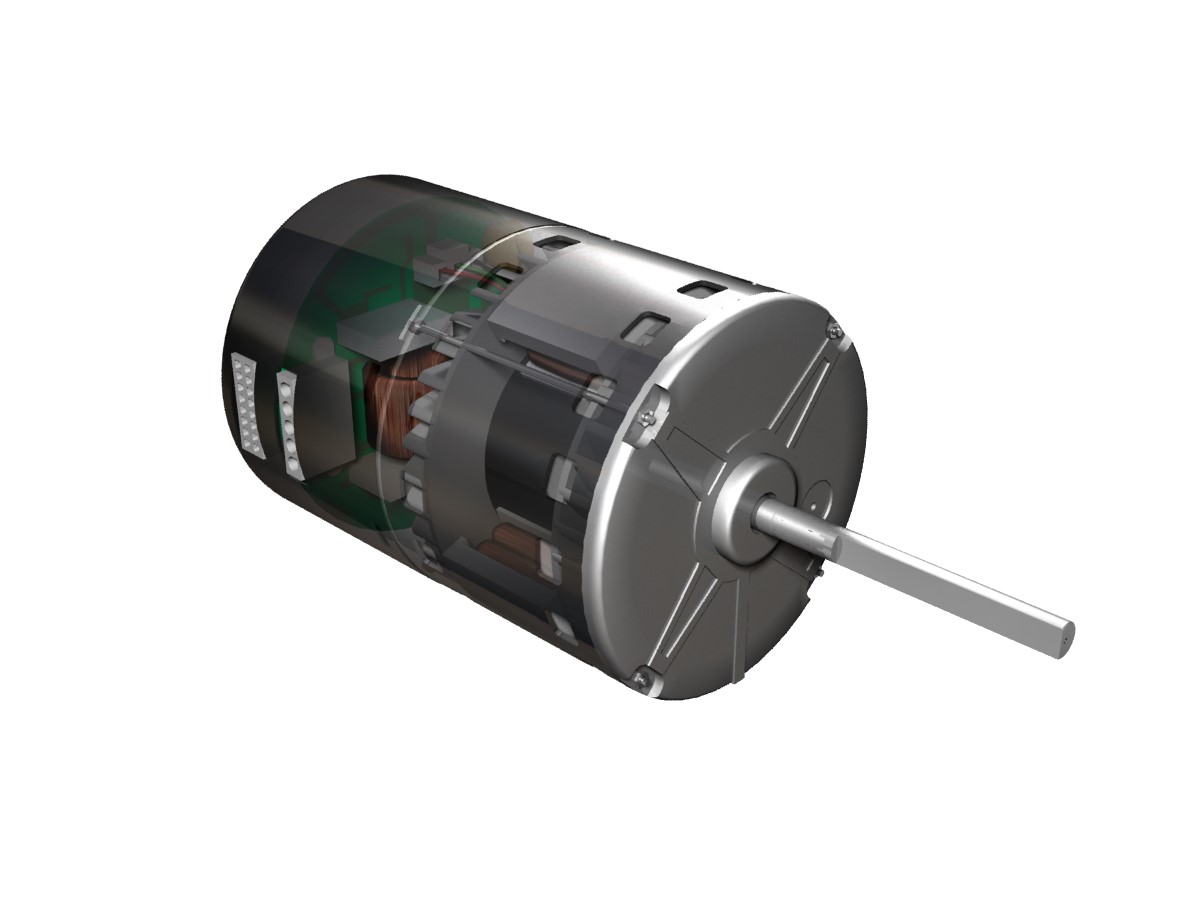
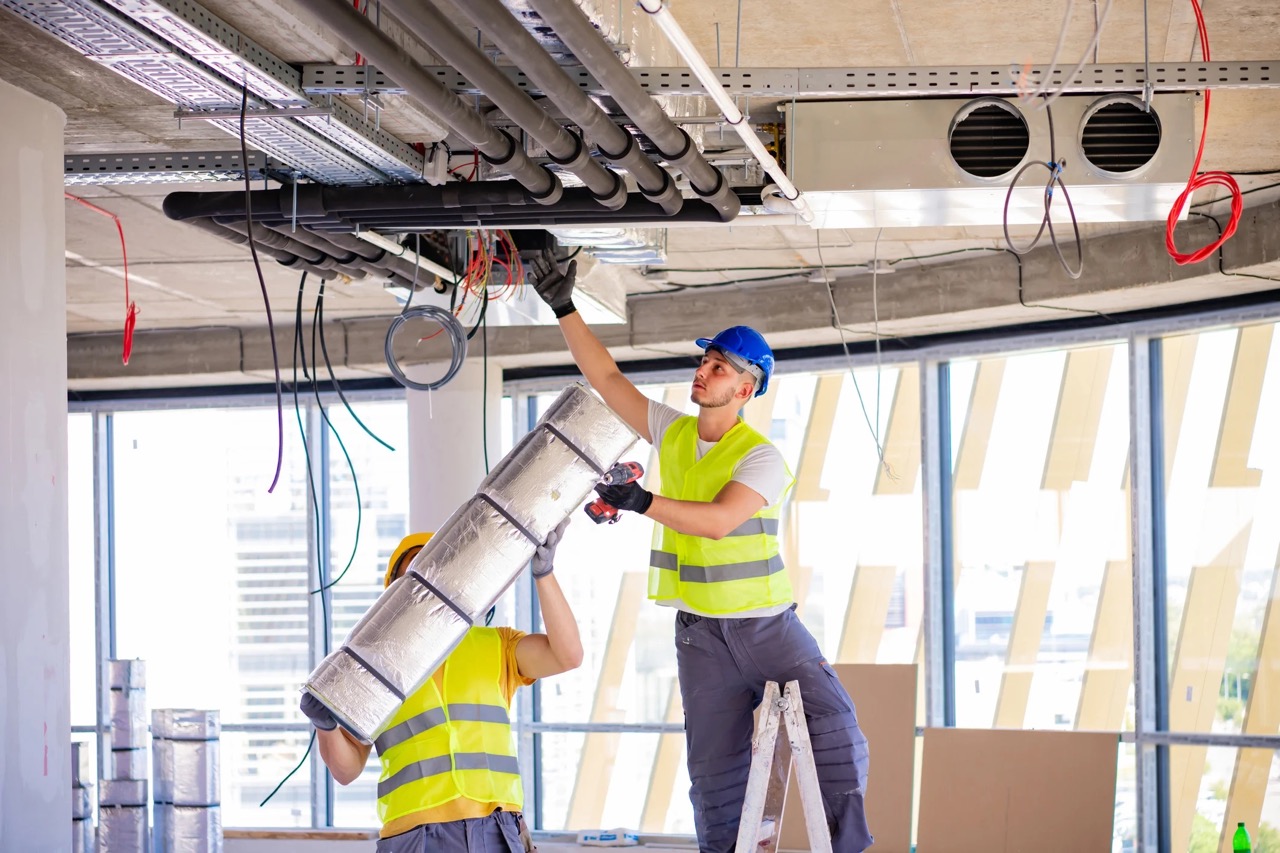

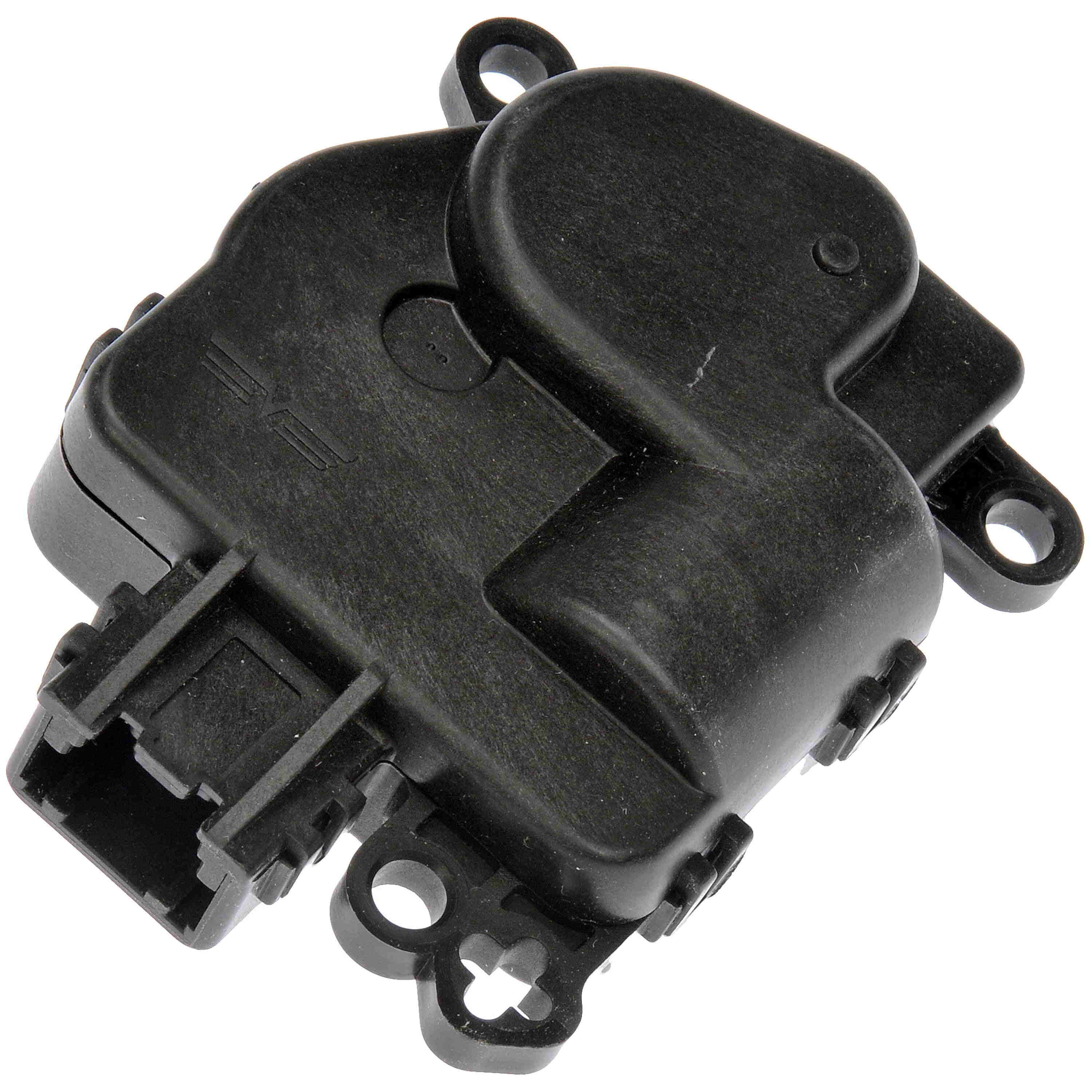
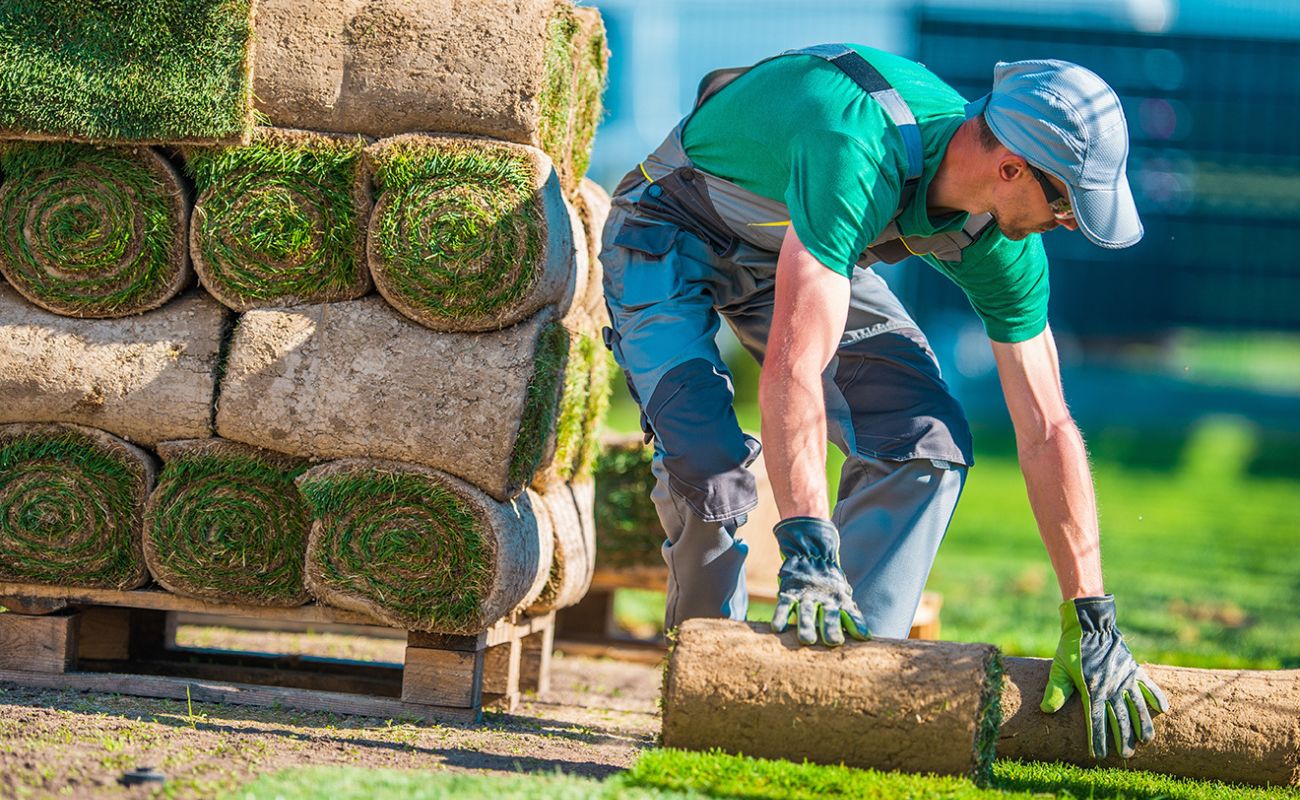
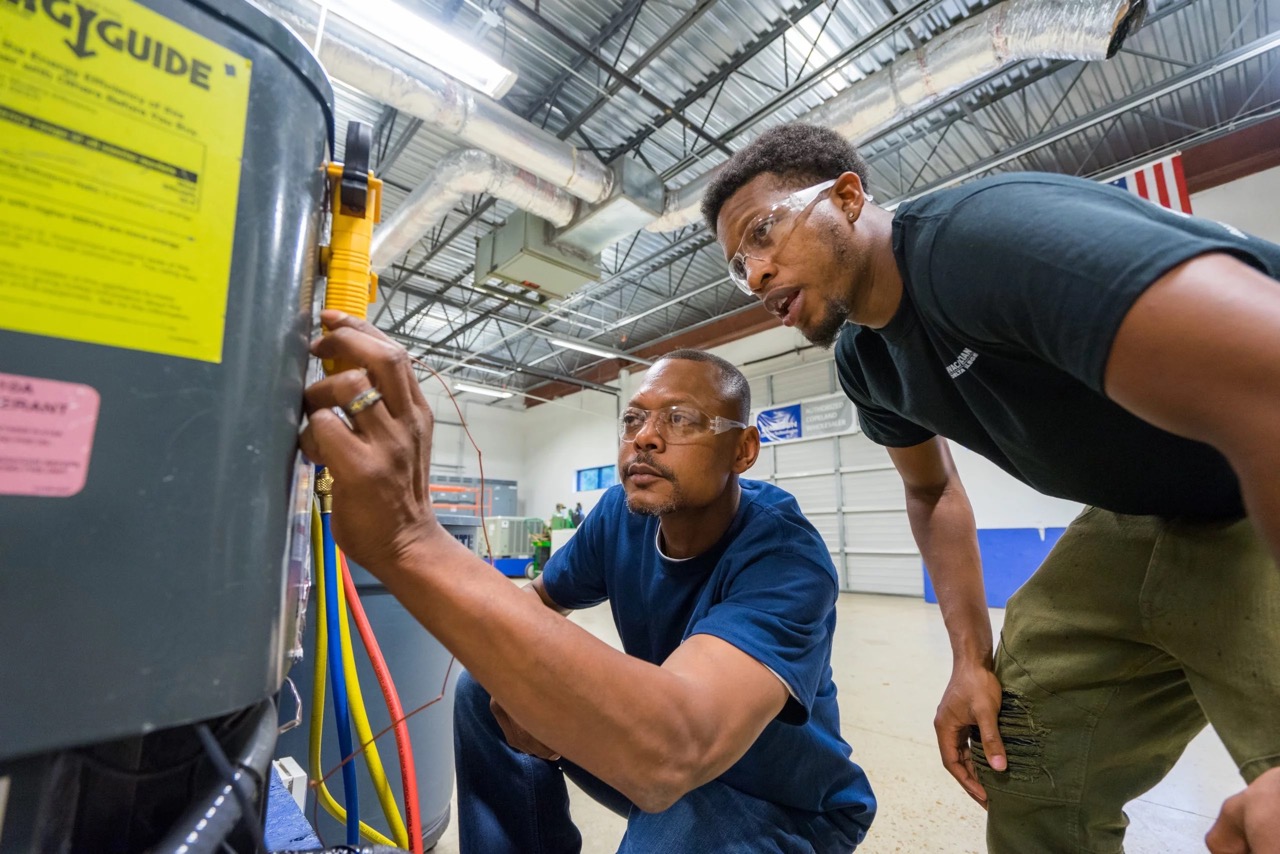

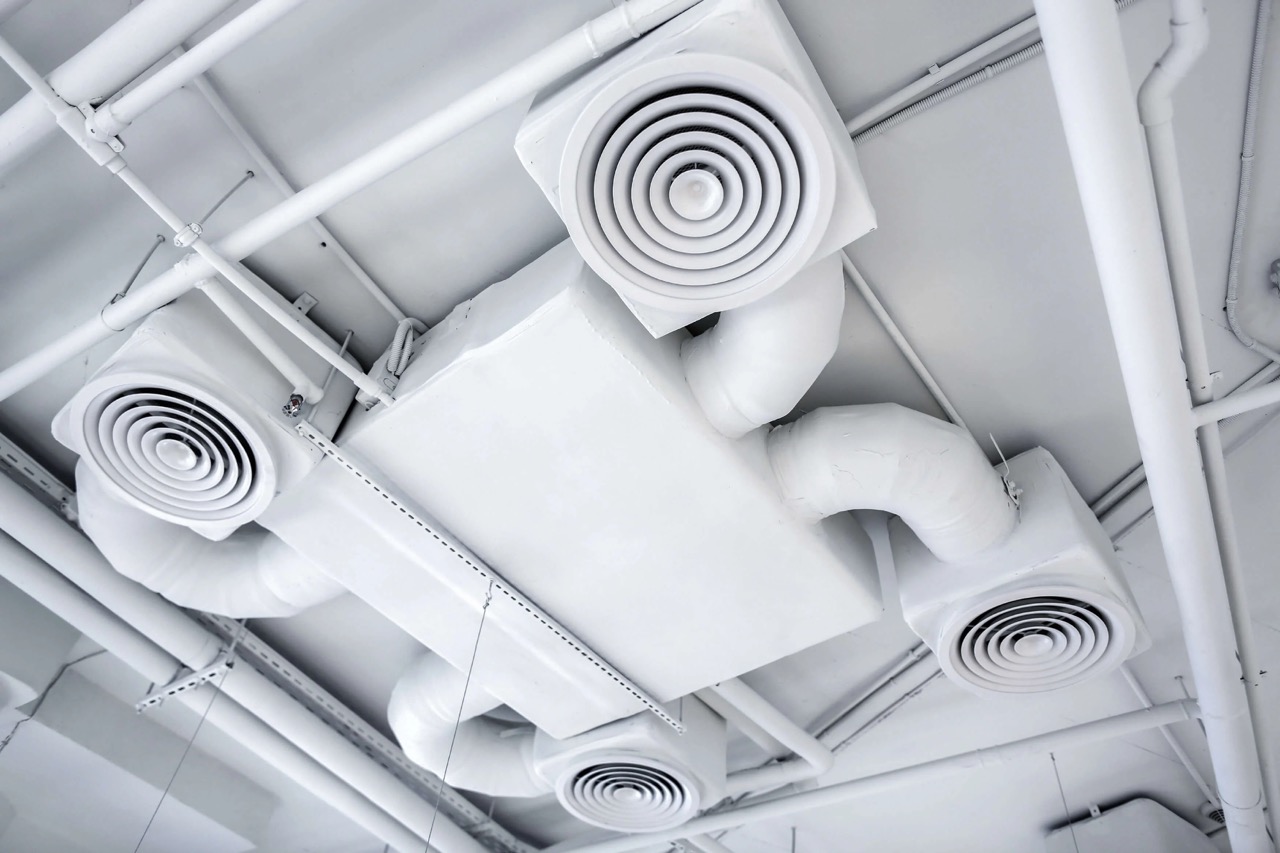
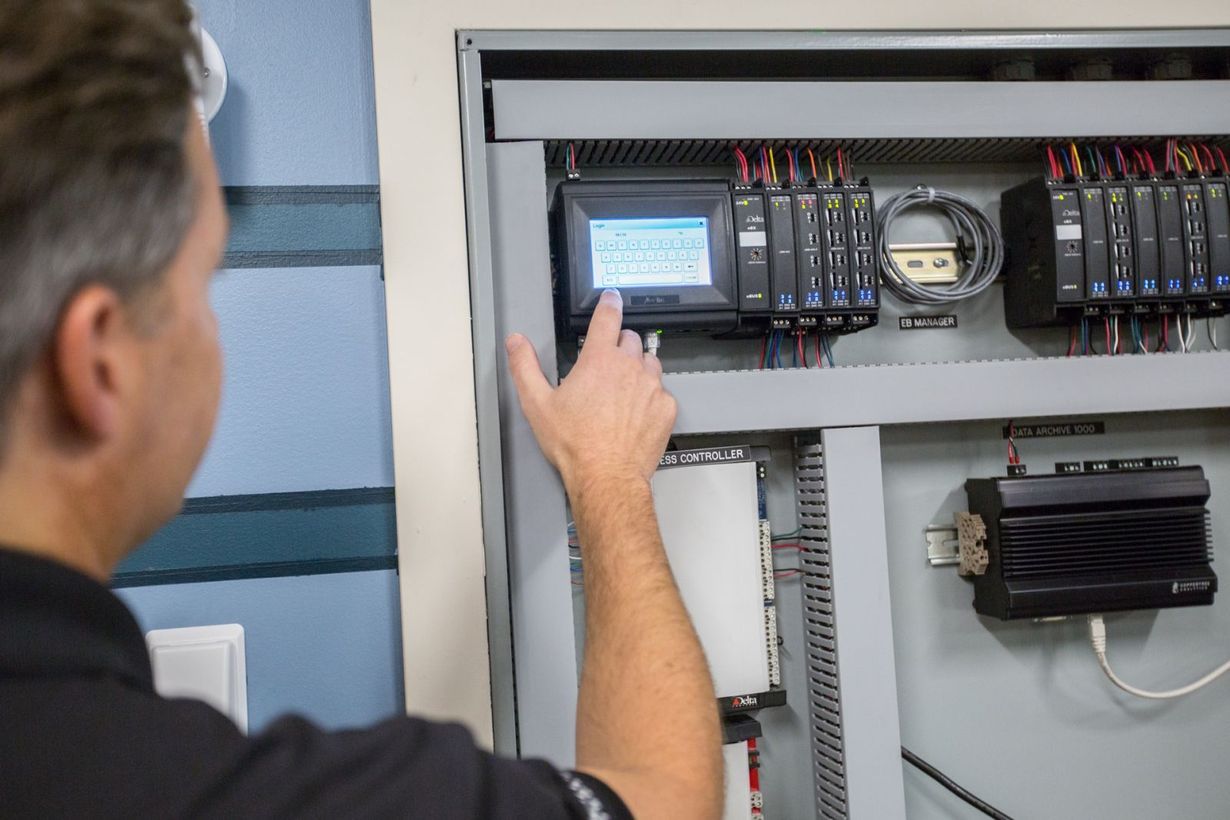

0 thoughts on “What Does An HVAC Service Include”